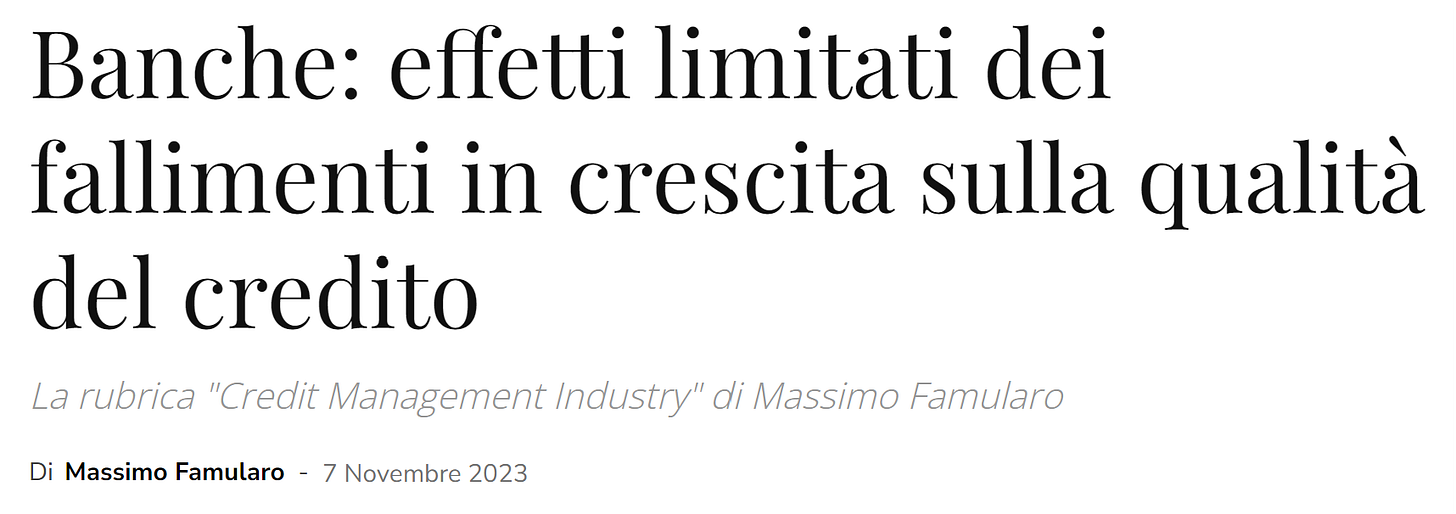DBRS Morningstar has released a commentary discussing the performance of European banks driven by increased net interest margins in 2023. Key highlights include strong contribution to earnings and significant divergence among European banks with regards to loan and deposit pricing, explaining the differences in performance and a decline in most countries, albeit to still healthy levels
With few exceptions, European banks have reported a significant increase in profitability since mid2022. On average, European banks’ return on equity increased from 7.7% in H1 2022 to 11.1% in H1 2023, with some significantly above this level. This increase has been largely driven by a notable jump in the banks’ net interest margins (NIMs), boosting net interest income (NII), while credit costs have remained low. However, NIMs have diverged across Europe because of differences in loan portfolio duration, deposit structure, and the competitive environment on the deposit side.
DBRS expect the high-rate environment to continue supporting Q3 2023 earnings. Yet NIMs have peaked for many banks, in our view, given the repricing of loan portfolios that has already occurred, the catch-up of deposit rates, and the slowing loan growth in Europe. The ECB lowering the remuneration for minimum reserves from 4% to 0% effective 20 September 2023 should also have a dampening effect. However, we expect NII to remain well above the level prior to the central bank rate hikes.
The increase in NIMs since mid-2022 has been the main driver of European banks’ improved profitability. There is, however, a noticeable divergence in NIMs among countries. While all banks have benefitted from the significantly higher remuneration of central bank balances, there are marked differences with regards to loan and deposit pricing and the proportion of wholesale funding.
Variable-Rate Loans Versus Fixed-Rate Loans
Loan pricing customs differ across Europe and by loan type. For commercial loans, variable-rate loans or fixed-rate periods for up to five years are common, with some countries displaying a higher proportion of fixed-rate loans than others. There are larger discrepancies for mortgage loans, which typically constitute a large part of banks’ balance sheets. As shown in Exhibit 3, in Portugal most new mortgage loans are at variable rates. In other countries, such as Greece, Austria, Spain, and Italy, the proportion of newly originated mortgage loans at variable rates has declined during the low-rate period, but on average it is still on the high side. In contrast, the right-hand chart shows that fixed-rate mortgages are standard in Germany, France, the Netherlands, and Belgium, which combined represent more than half of the European banking market.
Deposit Pricing–The Other Side of the NIM Equation
Similar to the loan side, there are differences related to the deposit structure and deposit pricing especially for retail deposits. Exhibit 5 shows a very high proportion of interest-bearing deposits (Agreed Maturity and Redeemable on Demand) in the Netherlands, France, and Belgium, whereas the proportion is very small in Ireland and Spain. At the same time, banks in countries with a high proportion of interest-bearing deposits also offer the highest rates on new demand deposits and new term deposits (Exhibits 6 and 7). In France, in particular, this is a function of the price regulation for savings accounts. We also note there have been shifts to interest-bearing deposits from non-interest-bearing deposits since mid-2022, albeit only to a small degree.
NIM Has Likely Peaked
In our view, NIMs have peaked for many European banks. However, because of the time lag in the loan repricing in some markets and the relative inertia on the deposit side in other markets we expect the NIM to remain well above levels reported before the central bank rate hikes. On the one side there are banks that have already benefitted to a large extent from the rate hikes and only have limited revenue upside going forward. While we expect some pressure as depositors are looking for alternative options outside the banking sector, deposit funding costs are likely to remain on the lower end because of the deposit structure in some countries. On the other side, there is a significant number of banks that will still see their loan portfolios reprice. However, these banks also operate in markets where interest-bearing deposits are common and remuneration is high.
Relevant Links:
https://www.dbrsmorningstar.com/research/421992/net-interest-income-rally-at-european-bankswill-it-last
This newsletter is free please consider supporting it with a small donation
Check my personal blog mostly in Italian
See my full professional profile (available for consulting projects)
My Podcast on Financial News and Education
My new Podcast on Italian Politics







